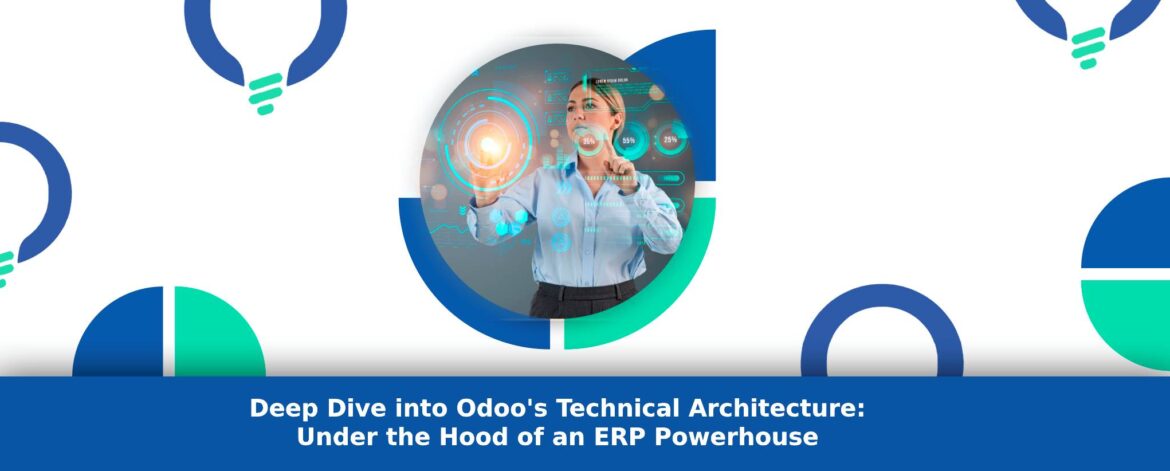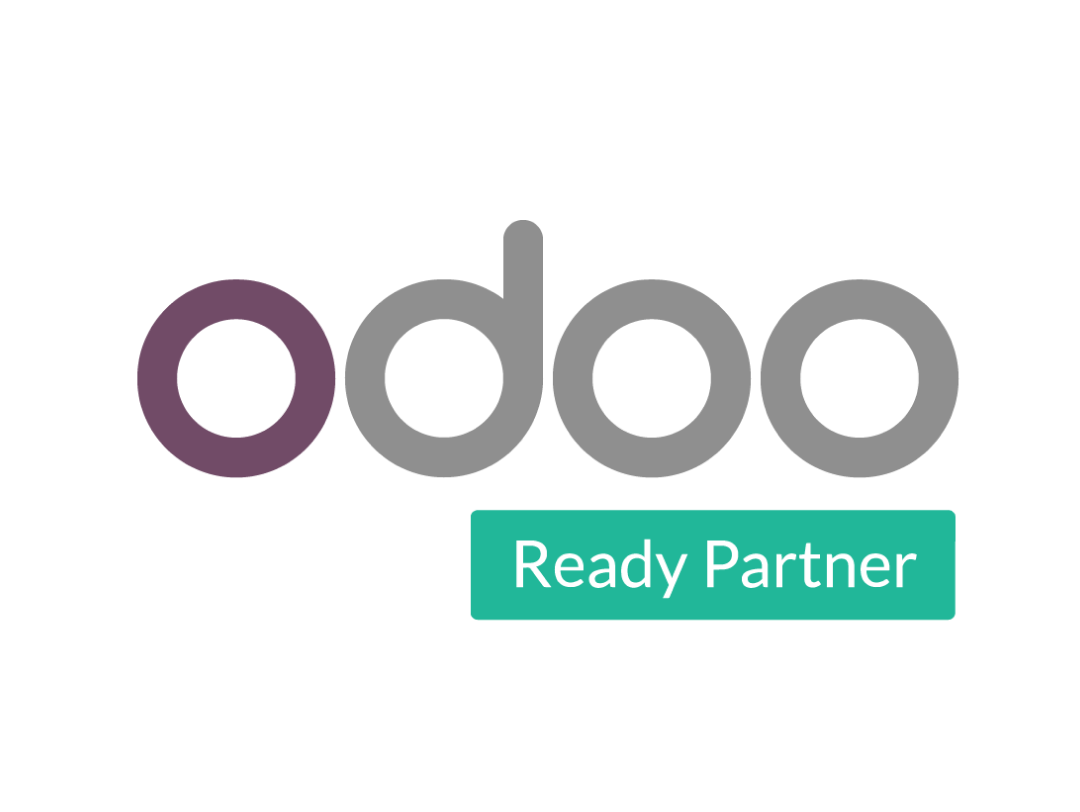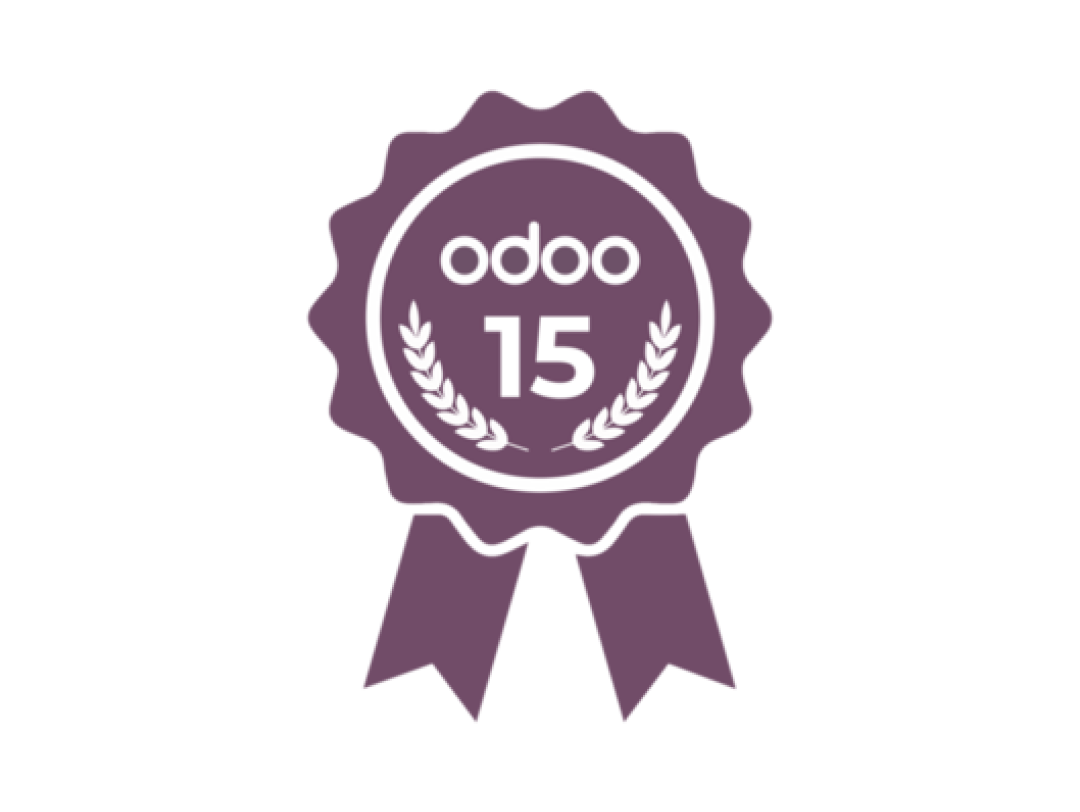Odoo, renowned for its robust and versatile ERP solution, boasts an intricate technical architecture that forms the backbone of its functionality. Delving beneath the surface unveils a modular structure, sophisticated client-server interactions, and meticulous database management, all contributing to Odoo’s prowess as an ERP powerhouse.
Modular Structure: The Building Blocks of Odoo
At the heart of Odoo’s technical architecture lies its modular structure—a fundamental element that empowers scalability and customization. Each module encapsulates specific functionalities, such as sales, inventory, CRM, and more. These modules operate independently, allowing seamless integration and customization according to unique business requirements. This modular approach not only enhances flexibility but also simplifies maintenance and upgrades.
Client-Server Interactions: The Dynamic Interaction Paradigm
The client-server interactions within Odoo form a dynamic ecosystem, enabling smooth communication between the user interface (client) and the server. Odoo’s web-based interface ensures accessibility across various devices and platforms, fostering a user-friendly experience. Through RPC (Remote Procedure Call) mechanisms and AJAX (Asynchronous JavaScript and XML) technology, the client interacts with the server, triggering swift responses and updates, thus ensuring real-time data synchronization and a responsive interface.
Database Management: The Foundation of Reliability
A robust database management system is pivotal for an ERP of Odoo’s magnitude. Odoo leverages PostgreSQL, an open-source, powerful relational database, as its backend. This choice is integral to ensuring data integrity, security, and scalability. PostgreSQL efficiently manages data across modules, enabling quick retrieval, seamless integration, and optimal performance.
Scalability and Performance: The Driving Forces
Scalability is intrinsic to Odoo’s technical architecture. Its modular design allows businesses to scale up or down effortlessly, adding or removing modules as needed without affecting the system’s integrity. Additionally, Odoo’s architecture is optimized for performance, employing caching mechanisms, load balancing, and efficient query optimization to ensure swift response times even with increasing data volumes.
Security Measures: Safeguarding Your Data
Security stands as a cornerstone in Odoo’s architecture. The system implements robust security measures, including role-based access control, data encryption, and authentication protocols, ensuring data confidentiality and integrity. Regular updates and security patches fortify the system against potential vulnerabilities, upholding Odoo’s commitment to data protection.
Conclusion: The Technical Elegance of Odoo
In conclusion, Odoo’s technical architecture forms a sophisticated framework that drives its capabilities as a leading ERP solution. Its modular structure fosters adaptability and customization, while seamless client-server interactions and efficient database management ensure reliability, scalability, and performance. With a focus on security and user experience, Odoo continues to innovate, solidifying its position as a powerhouse in the ERP landscape.







